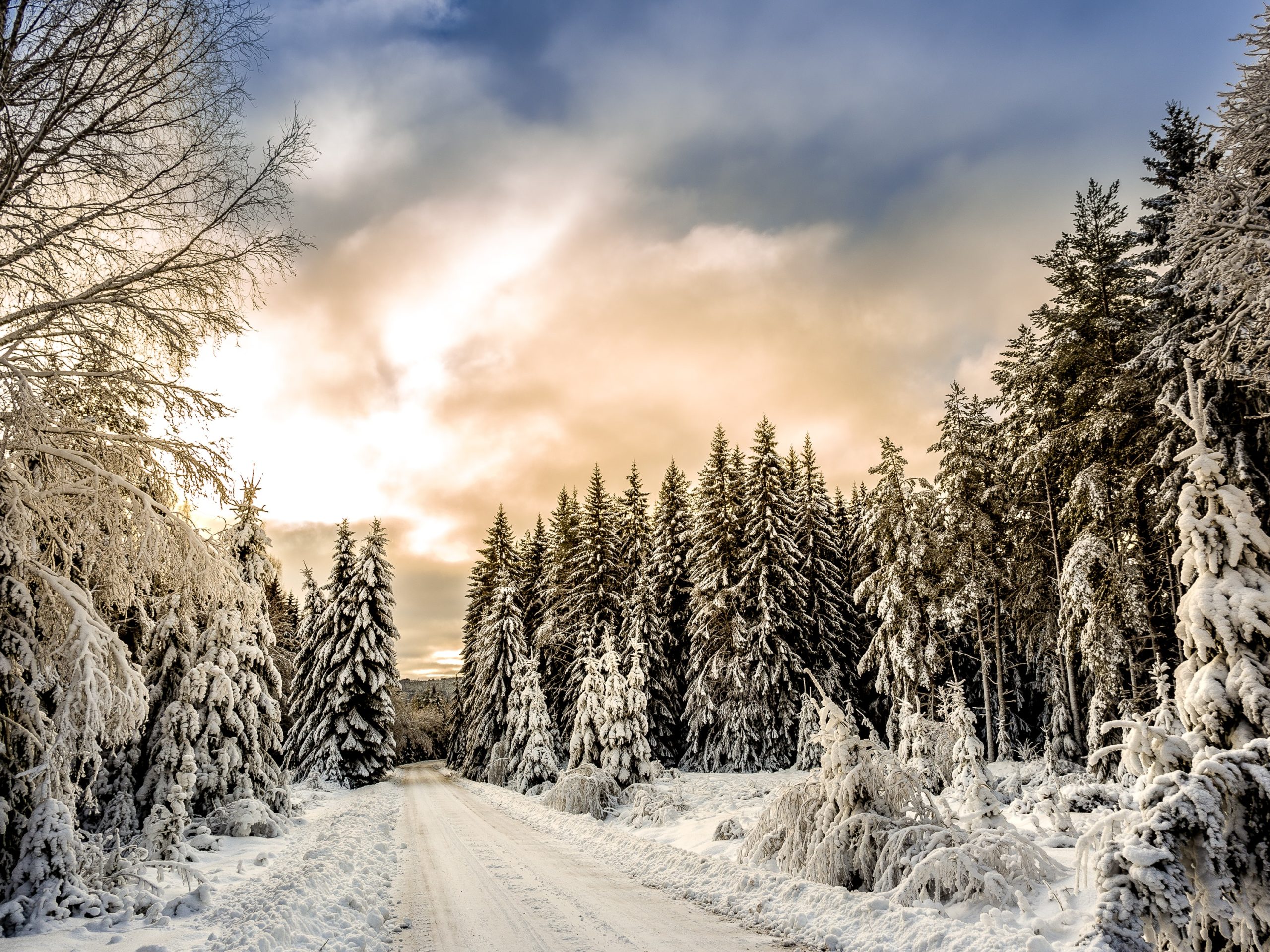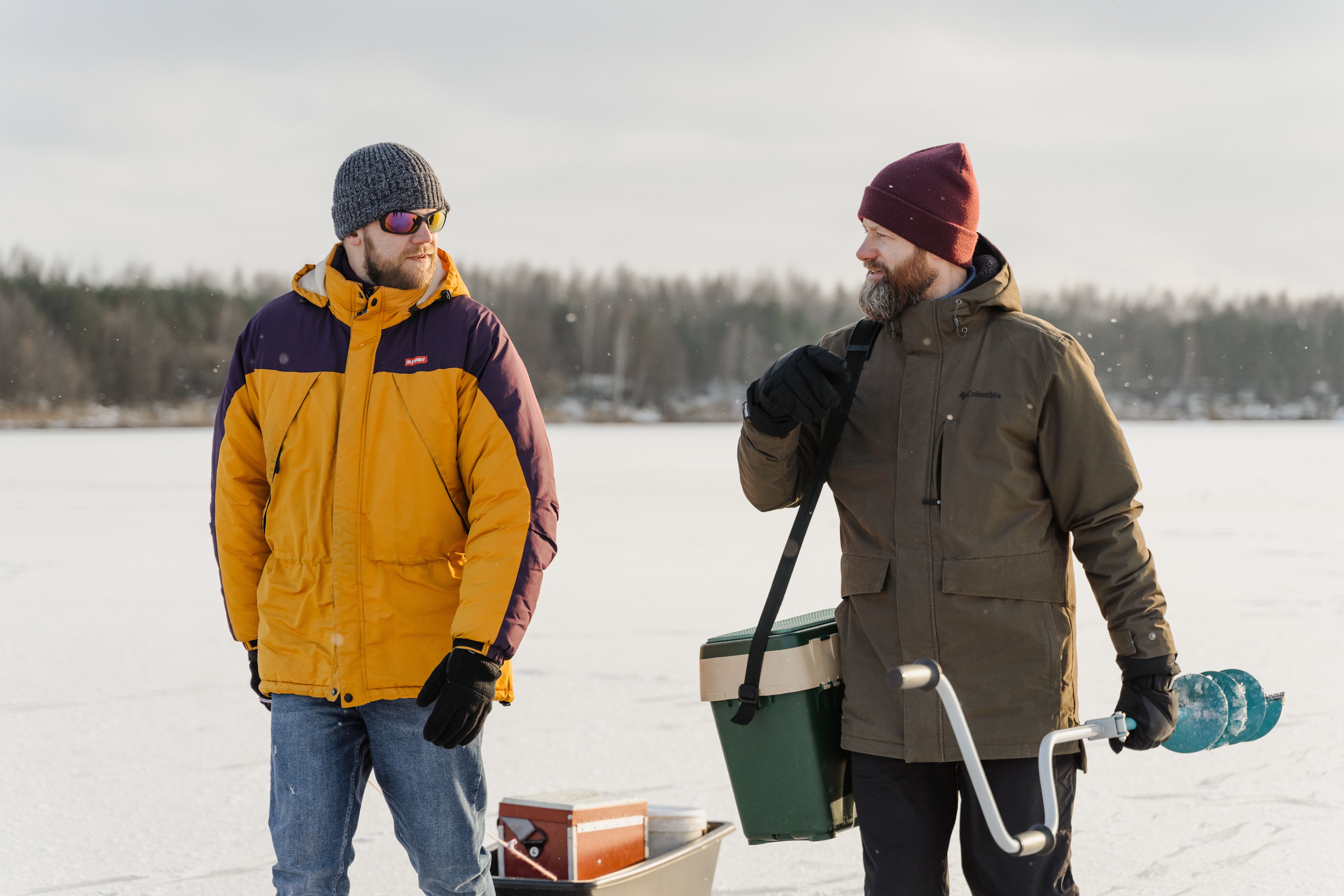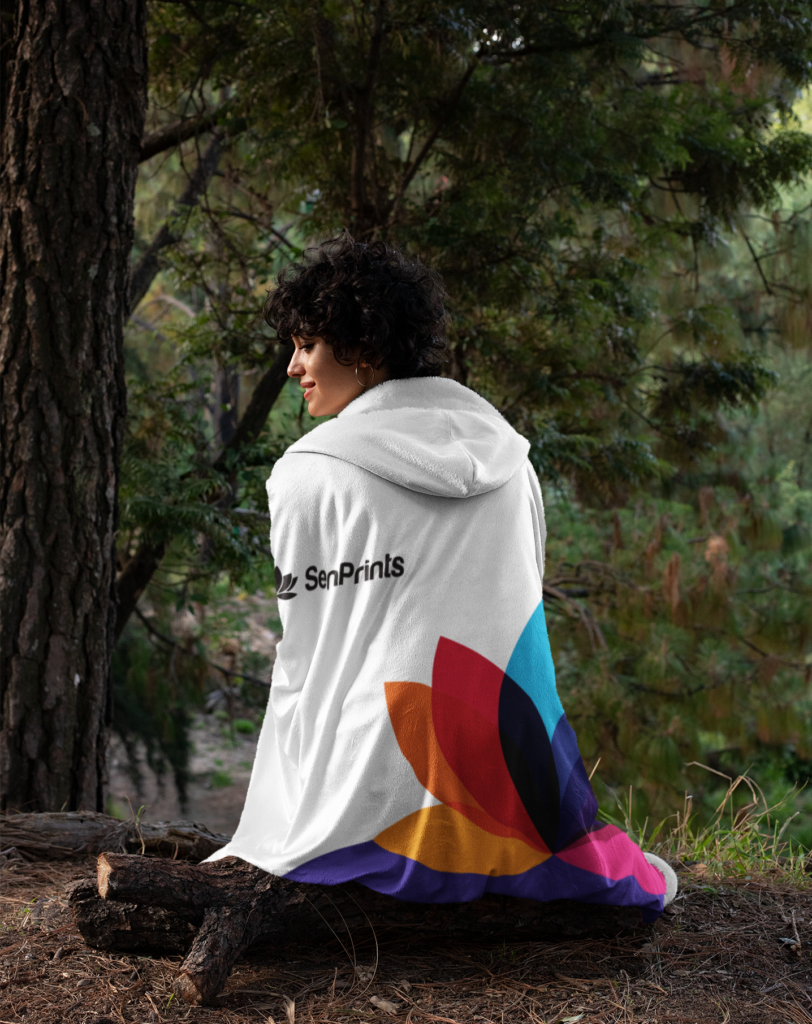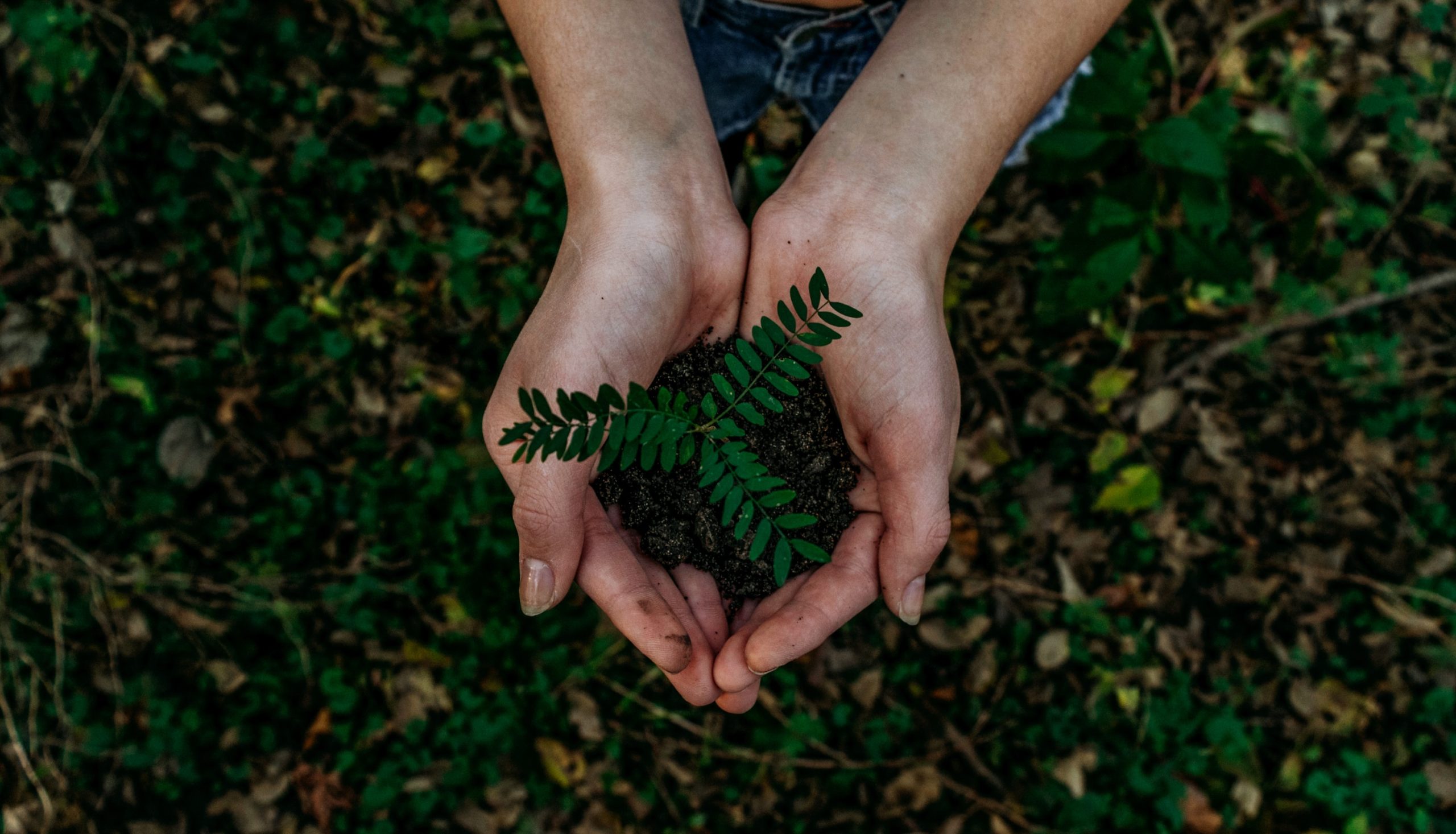
Celebrate the Winter Solstice with Facts, Folklore, and More!
Just when you think December has enough to celebrate between Christmas, Hanukkah, Kwanzaa, and the approaching New Year, there’s yet another reason to assemble with your friends and family and celebrate: the winter solstice. Let’s enjoy solstice facts and folklore from The Old Farmer’s Almanac.
When Is the First Day of Winter?
The first day of winter in the Northern Hemisphere is marked by the winter solstice, which happens on Tuesday, December 21, 2021, at 10:59 A.M. EST.
For the northern half of Earth (the Northern Hemisphere), the winter solstice occurs annually on December 21 or 22. (For the Southern Hemisphere, the winter solstice happens on June 20 or 21.) The winter solstice is the day with the fewest hours of sunlight in the entire year, making it the “shortest day” of the year. Thankfully, after we reach the winter solstice, the days start to once again grow longer and longer until we reach the summer solstice — the first day of summer and the longest day of the year.
Think of it this way: Although the winter solstice means the beginning of winter, it also implies the return of more sunlight. It just gets more splendid from here!

The Winter Solstice is the shortest day of the year. Is it also the coldest?
The winter solstice is the shortest day of the year implies that it’s the day in which we experience the least amount of daylight. Logically, it would make sense to assume that this is also the coldest day of the year since we are exposed to less warmth-giving sunlight on this day than at any other time. But this is not true.
Many factors influence the temperature of an area on any given day, including altitude, snow cover, and large-scale weather patterns. Because of these factors, it’s unrealistic to point to the same date year after year and call it the coldest day.
In the United States, the coldest days of the year tend to occur between mid-December and late January, so while it’s conceivable that the coldest day of the year could also be the day of the winter solstice, that is not usually the case!

Winter Solstice: Our Ancestors’ Customs and Traditions.
The solstice has been celebrated since antiquated occasions by cultures around the world. From the Roman feast of Saturnalia to the pre-Christian celebration of Norse jól or Juul observed in Scandinavia, there are a lot of ways our ancestors honored the first day of winter.

Winter Folklore and Verse
Here at the Almanac, we love our weather folklore. Here are just a few proverbs that we have collected:
Deep snow in winter; tall grain in summer. —Estonian proverb
Visits should be short, like a winter’s day.
A fair day in winter is the mother of a storm. —English proverb
Summer comes with a bound; winter comes yawning.
Onion skins very thin, mild winter coming in.
What Does Winter Mean to You?
Winter inspires both joy and woe. Some people can’t wait for the cooler weather, snow, skiing and ice skating, curling up by a fire, and the holiday spirit. You’ll notice a peaceful sort of silence when you walk through the woods—a muffled kind of quiet.

Other people dislike the frigid temperatures, snowstorms, and wild weather (in light of current circumstances). In colder regions, winter regularly implies scooping, snow blowing, managing awful streets, and sometimes unbearable temperatures. In warmer regions, the winter temperatures become extremely mild or cool, and places like Florida fill up with people escaping the harshness of a northern winter.




